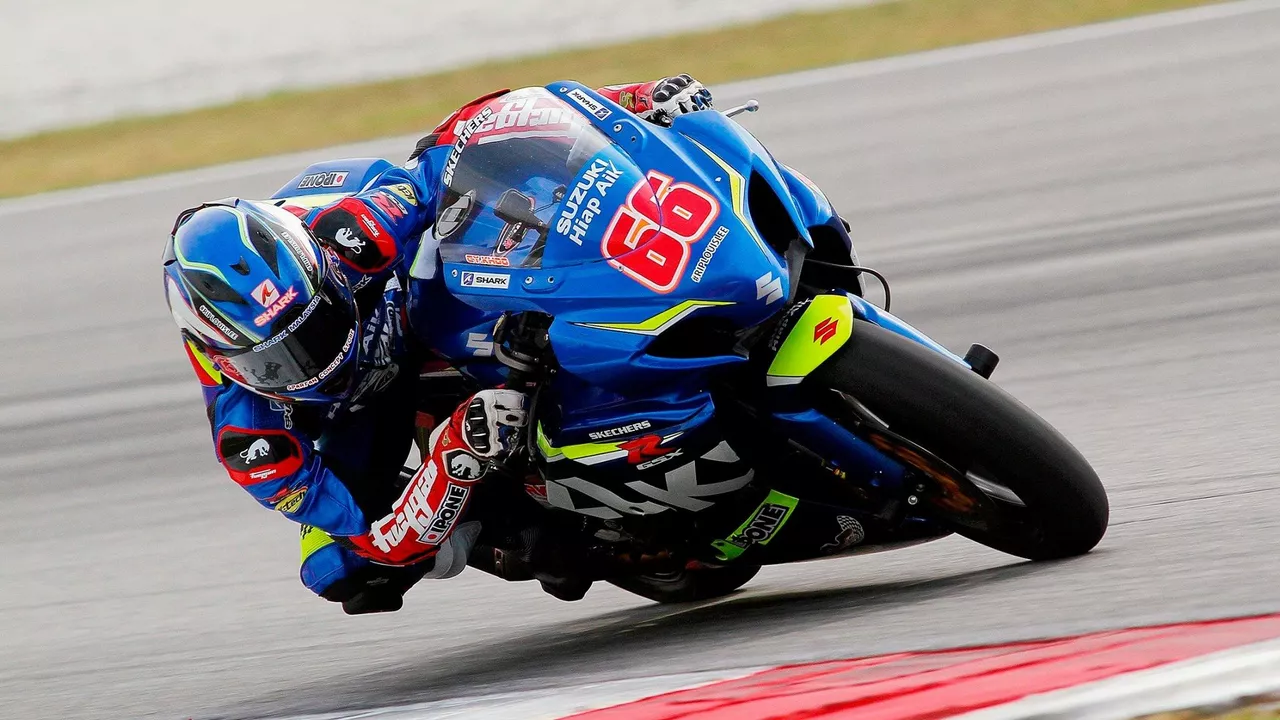Racing Career: How to Start, Grow, and Succeed
If you’ve ever dreamed of hearing the roar of an engine and feeling the wind rush past you at 150 mph, you’re not alone. Turning that thrill into a real racing career is a mix of skill, timing, and smart choices. Below you’ll find straightforward advice that works whether you’re still in karting or already racing on a bigger circuit.
Getting Started: From Karting to the Track
The fastest way into motorsport is usually through karting. It’s cheap, it teaches basic car control, and most pro drivers started in a kart. Sign up for a local club, keep your sessions regular, and focus on mastering corner entry and exit. Consistency beats raw speed when you’re learning.
While you’re karting, start building a small network. Talk to coaches, other drivers, and the people who run the events. A simple "Hey, can I help out after the race?" can turn into a mentorship or a chance to ride in a higher‑level car as a test driver.
Next, think about a step‑up series that matches your budget and skill level – something like the Subaru Easykart series or a regional Formula Ford class. These cars have more power and require a deeper understanding of set‑up, but they’re still affordable enough to keep you learning without breaking the bank.
Moving Up: Building Skills and Getting Noticed
Once you’ve got a few podiums in a lower series, the focus shifts to exposure. Record your races, edit the best laps, and share them on social platforms where teams scout talent. A short 30‑second highlight reel can do more for your career than a full race report.
Work on your technical knowledge. Learn how suspension geometry, tire pressure, and aerodynamics affect lap times. The more you can talk shop with engineers, the more confidence they’ll have in giving you a seat.
Don’t ignore fitness. A racing driver needs core strength, neck stability, and cardiovascular endurance. Simple routines like planks, weighted squats, and interval running keep you sharp on the track and help you withstand long stints in a high‑G environment.
Finally, consider joining a driver development program. Subaru Motorsport, for instance, offers pathways for talented drivers to test in their WRX STI rally cars or go into touring‑car competitions. These programs often provide mentorship, financial support, and a clear ladder to higher‑profile series.
Remember, a racing career isn’t a straight line. You’ll face setbacks, budget cuts, and tough competition. Treat each race as a data point, adjust, and keep moving forward. With the right mix of skill, networking, and persistence, you’ll turn that dream of the checkered flag into a real, rewarding career.

2
Aug
So, you're 23 and fancy yourself the next Lewis Hamilton, huh? Well, buckle up, because I'm about to take you on a wild ride into the world of motor racing! First up, you're going to need some serious training - think driving schools and simulator sessions. Next, get ready to splash some cash on a racing license and your first set of wheels. And finally, get stuck into the racing community - join clubs, enter races, network like you're at a speed dating event. Remember, it's not just about speed, it's about passion, commitment, and a whole lot of elbow grease!
Read More
